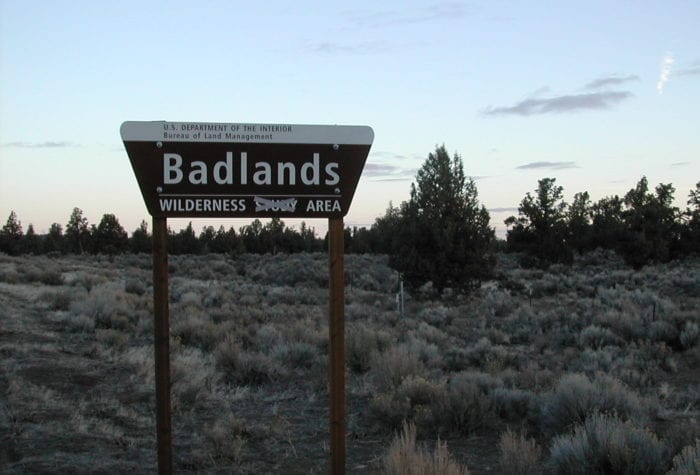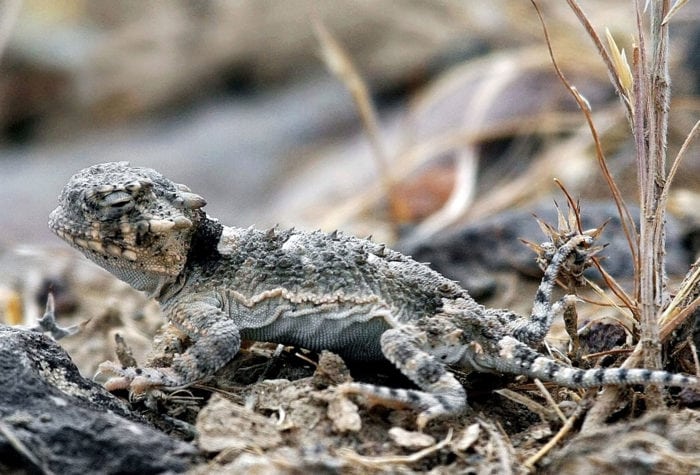You might think of forests when you think “wildfire,” but, as OPB reported in May, nearly 75 percent of all acres burned in the west over the past two decades were on rangelands — not forest.
As someone who lives in or visits sagebrush country, you have an important responsibility to help prevent human-caused wildfires.

